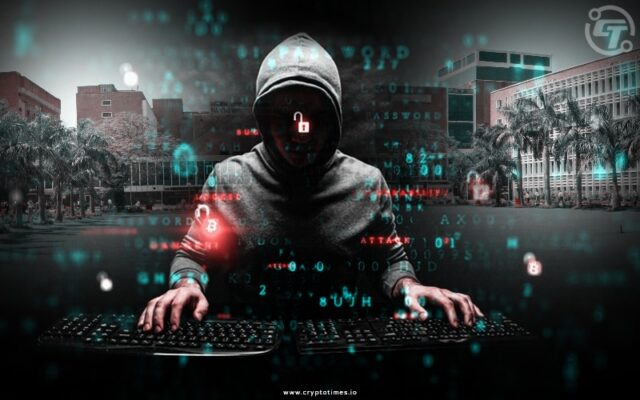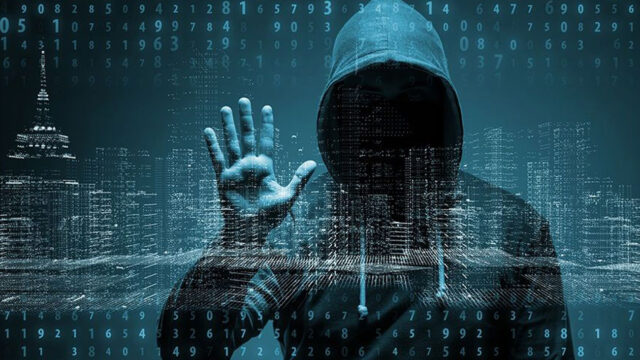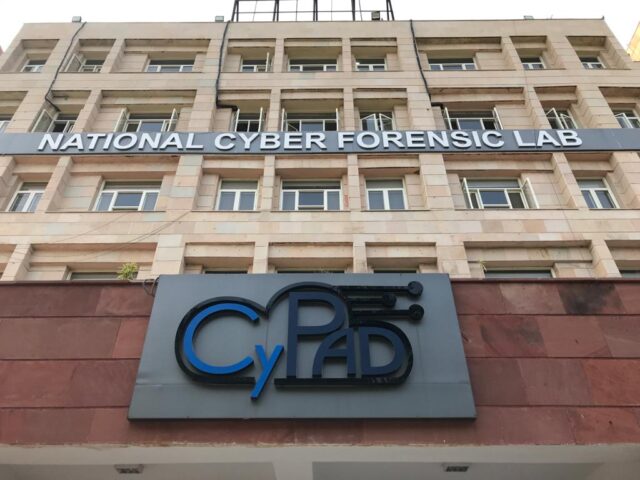With the advancements in technologies, come added advantages and disadvantages. One of the biggest disadvantages is cybercrime. According to the latest data, in the year 2021, India reported 52,974 cybercrime cases. These cases were 6% more than in previous years.
What adds to this disadvantage is that these cases are hard to crack as they are done remotely and thus, there isn’t sufficient evidence. According to the National Crime Records Bureau, 32,203 such cases were reported, as compared to 13,384 cases reported in 2020.
Why Does This Happen?
The reason this is happening is that people don’t take cybersecurity seriously. Even renowned public websites can get easily hacked by hackers and the intimate data of the public is accessed and used illegally.

Talking about the recent hacking of the All India Institute of Medical Sciences’ website, cybercrime investigator Ritesh Bhatia said, “We have a lot of regulations for companies when it comes to dealing with finance, etc.
But when it comes to other sensitive data such as medical data, which is what is at risk with the AIIMS hack, there isn’t enough scrutiny. In fact, in some sense, leaking someone’s medical records can even be more damning than their financial records.”
Sunny Mehra, a cybersecurity expert said that public websites run outdated frameworks, hence, becoming vulnerable to hackers.
“I have seen government websites with eight-year-old vulnerabilities. Even when we report such vulnerabilities, they don’t get updated often because the web administrator doesn’t want to deal with the compatibility issues in their systems that come with the upgrade,” he said.
Lack Of Evidence
In order to get evidence of cybercrime, authorities must have access to electronic devices. However, VPNs and proxies are becoming a big challenge in cybercrime investigations as even the smallest scammer knows how to use these and this, becomes hard to trace and identify.
Usually, victims of cybercrime take time to realize that they are scammed or a criminal activity has taken place as the hackers are quite smart in what they do. Also, when victims figure this out, they do not report it immediately and hence, because of that much evidence gets erased making it hard for the investigators to trace.

Balu Swaminathan, who was investigating the cyber sexual harassment case, “Suhas Katti” which was the first cybercrime case reported in India under the IT Act, said, “It is quite hard to ascertain the identities in cybercrime cases with certainty as it is possible to alter them.”
Lack of evidence also takes place because the intermediaries do not give the support that is required in the investigation of cybercrime cases.
“Forget social media, even banks, which are also an intermediary, sometimes fail in providing timely support to investigators. Quite often, by the time investigating officers are given the necessary information on financial cybercrimes, it might be too late and other incriminating evidence might have already been destroyed.
I have seen cases which were solved only quickly because the investigating officer was close with the nodal officer, who helped to trace the money quickly. But not everybody has such contacts,” Ritesh Bhatia said.
Also Read: ResearchED: Sextortion Racket Run In Mewat, India’s Latest Cybercrime Hub
The COVID-19 pandemic added more problems as websites weren’t frequently operated. Minor cases on social media applications that took 48 hours to be rectified, took about 20 to 25 days to respond to the victims.
Even if investigators are taught how to handle and solve cybercrime cases, the lack of facilities becomes an issue.
Swaminathan said, “Existing rules on admissible evidence in courts make it hard to gather proof in cybercrime cases, and moreover, most police stations lack the equipment to gather electronic evidence. In addition, cyber forensic experts are all pretty much only based out of state police headquarters and are less in manpower, leading to delays.”
Lastly, not all judges, who hear the matters, are tech-savvy and thus, aren’t able to understand the nuances of these cases. Hence, special cybercrime courts should be set up with tech-savvy judges so that they understand the seriousness of the matter and take the ideal steps that are required.
What Is The Need Of The Hour?
As discussed above, cybercrimes become difficult to crack because there is a lack of infrastructure and techniques with which these cases are handled. In such a case, Forensic Labs are required which specialize in finding the evidence and solving cybercrime.
A step in the right direction has taken place as the National Cyber Forensics Lab was started. It is India’s first forensic lab that specializes in cybercrime or evidence.
It helped in finding a murder suspect in Delhi with the help of the t-shirt he wore in his WhatsApp profile picture. Also, it helped in arresting a man who was blackmailing married women by using their explicit pictures even after he had deleted the pictures from all of his devices.

Cybercrime cases become difficult to track as an accused person tends to delete evidence from their devices that might help trace the case. In such a case, NCFL takes timely action and finds the evidence behind the cybercrime.
Cybercrime cases will be easy to crack and reach a conclusion if more such forensic labs are inaugurated. This will ensure that cybercrime cases are dealt with seriousness and cracking them will be easy as well.
Besides this, timely reporting and support of the intermediaries should also amp up so that cases become easy to solve and justice is provided to the victims.
Image Credits: Google Images
Sources: Money Control, The Print, Psafe
Find the blogger: Palak Dogra
This post is tagged under: aiims, delhi, ransomware attack, cybercrimes, cybersecurity, National Crime Records Bureau Crimes, cyber forensic laboratories, Delhi Police Special Cell
Disclaimer: We do not hold any right, copyright over any of the images used, these have been taken from Google. In case of credits or removal, the owner may kindly mail us.
Other Recommendations:
Cyber Attackers Seem To Be After Indian Firms And Data Of Indians Now





























